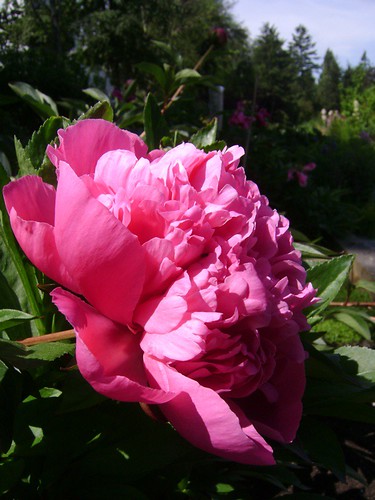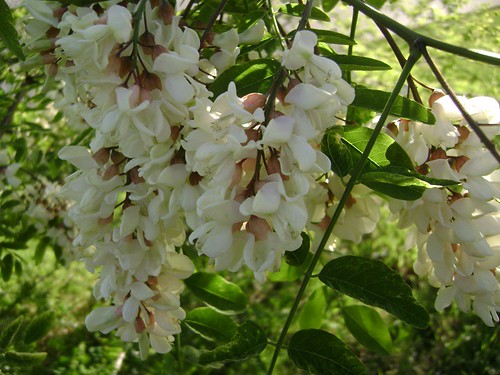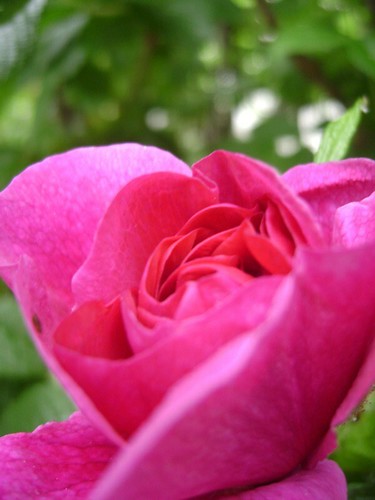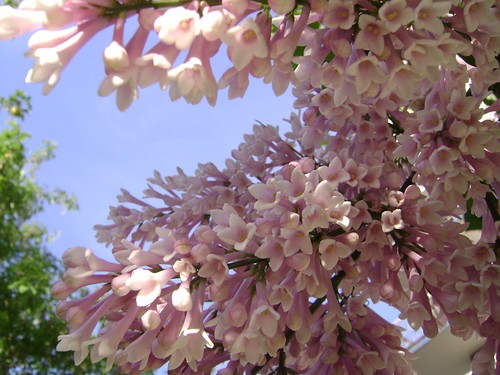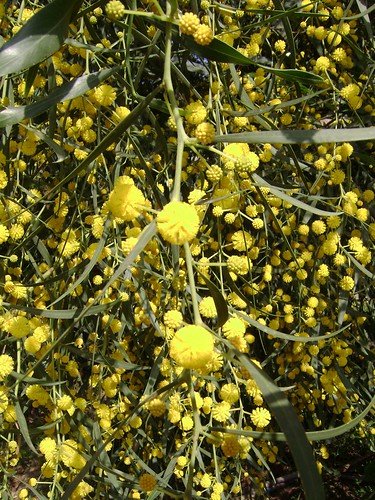Peonies
I’ve been wondering about the scent of peonies for a while. You see them mentioned so often as a note in mainstream perfumes. Yet, I couldn’t say I’ve smelled enough of them to recall the scent from memory. This summer, as if on demand, Vancouver’s gardens and nurseries seduce with me with peonies wherever I go. I even spotted them on reception desks by day and hair salons by night. I had encountered so many that I even managed to find a few adjective to describe them. To me, they smell like a combination of a subtly luscious rose, fresh carnation, and a hint of green. There is also a bit of a marigold element but it’s very subtle. There is nothing particularly original about peonies, they just smell like a lovely bouquet of these flowers. I guess it’s their voluptuous appearance, reminiscent of both of rose and an oversized carnation, sparks the imagination. It is hard not to notice it’s resemblance to many patterns in Chinese art, and perhaps this is what makes them seem so mysterious and vaguely oriental.
Thinking about it, it might just be possible to recreate it from naturals alone...


